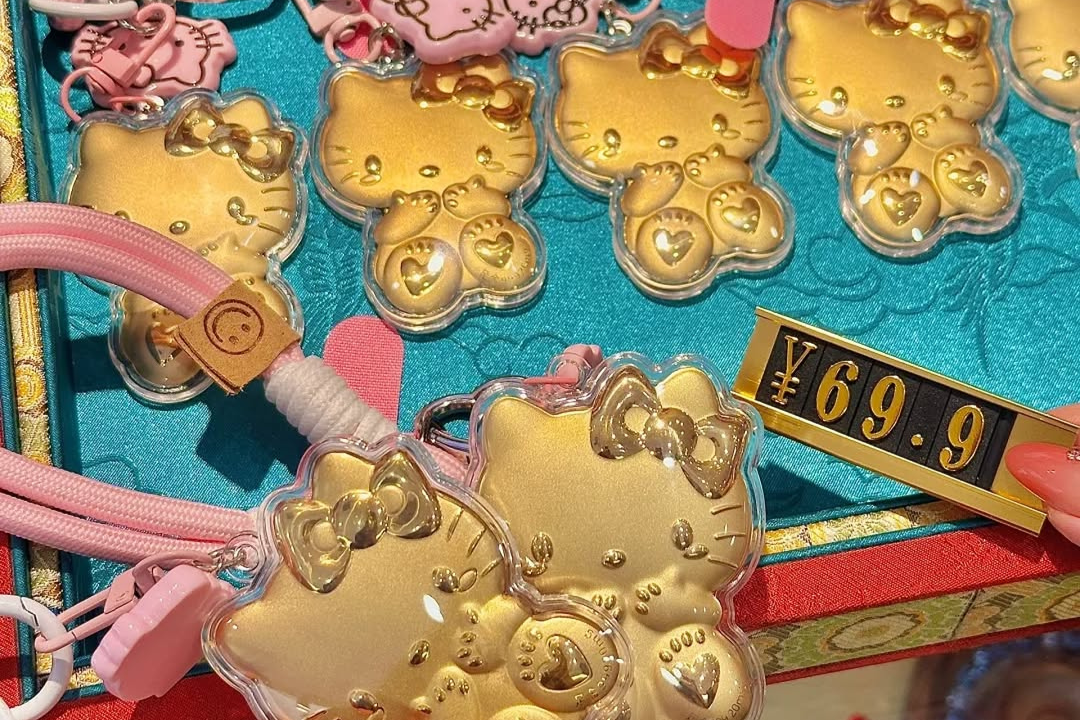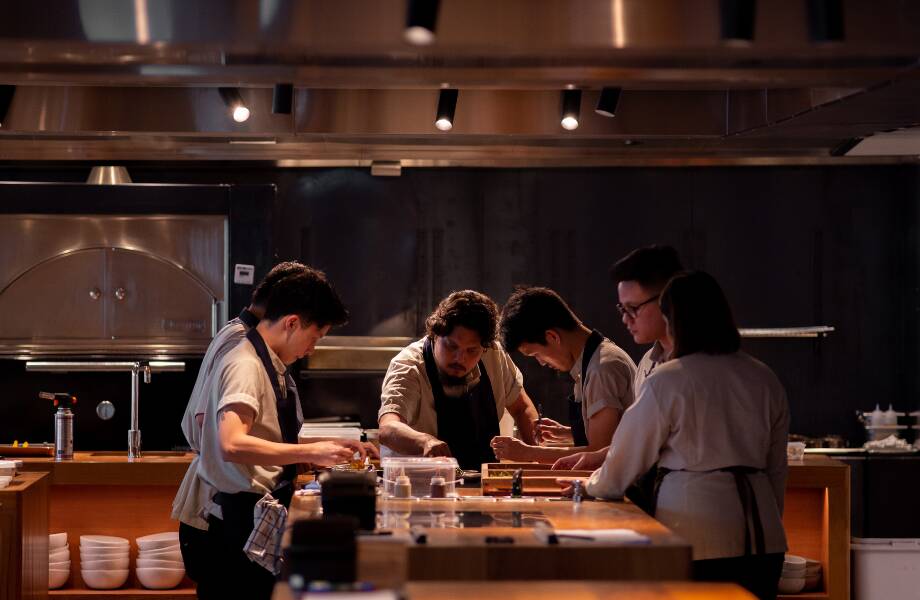A great deal of excitement happens whenever I visit my parents in my hometown, Suzhou. To list a few highlights off the top of my head:
– pressure to have kids from my mom twice to three times a day;
– body shaming from an elder family member;
– a rewind into pre-adulthood anxiety;
– constant parent/kid battling for control.
And after all that, the perks of being home usually come in limited but delicate forms. To name one: hairy crab from Yangcheng Lake.

Hairy crab — dazhaxie (大闸蟹), also known as Chinese mitten crab (中华绒毛蟹) — is so named for its hairy claws, with which it burrows in freshwater rivers, lakes, estuaries and sometimes, unfortunately, water dams. Hairy crabs are native to China, and have drifted as far abroad as Germany, where they’re considered an invasive species causing more than 80 million Euros in damage, allegedly. They’re included by conservationists on a list of the world’s 100 “worst invasive alien species,” which I assume must be topped by hairy humans.
In China, though, hairy crab is a special delicacy, only available during a narrow span of autumn months. Hairy crab is prized for its subtle, sweet taste, and for its cooling (yin; 寒性) effect on the body, a concept central to Traditional Chinese Medicine. In late September and October, an entire pop-up economy materializes around these special crabs, and they fetch exorbitant prices in Hong Kong, Macau, and in Beijing, where I live. The most prized — and most expensive — come from Yangcheng Lake, just outside Suzhou.
To tell my story of hairy crab, here’s a breakdown of how my dad cooks and eats them. The photos and videos you’re about to see were taken at my parents’ place, a typical lower-middle-class Chinese family’s apartment.
Trigger warning: Crab cruelty. They get steamed alive just like the lobsters.
Step 1: Prepare the dip

First my dad likes to prep the sauce in which the crab is dipped before eating. It’s a simple combo, just minced ginger and brown vinegar. Vinegar makes a subtle complement to the flavor of the crab, while ginger’s heating effect (yang; 热性) makes a complement to its TCM property. Most Chinese cooks use one big knife and one big wooden cutting board for everything, which seems perfectly Taoist to me. Whenever my dad visits me in Beijing, he laughs at my puny ceramic knives and plastic cutting boards. He dices the ginger with ease, into almost identical pieces.
Step 2: Tie them up

This step is usually done by crab sellers, as it takes a lot of guts, skill, and thick skin. My dad, a 68-year-old retired mechanic, obviously still has all of these.
In case you ever need to tie up a 10-legged lunch, here’s how: press the crab’s belly down against the table, fold the legs in on each side, tie the string vertically and horizontally across the crab two times and put a knot on the belly.
Step 3: Steam
Steam in boiling water for 15 minutes, then turn off the stove and let it sit for another 5-8 mins with lid on. The crabs turn bright orange when they’re done. They have to be steamed alive, because after they die toxins from their guts are released into the meat, and they’re no longer edible.
Step 4: Serve
Before the crabs can be eaten, there’s a whole elaborate ritual that goes into dismantling them. Some people — my mom for one — can’t be bothered with this part, and just chews through the crab’s exoskeleton, but my dad is too refined for that. Richer households back in the day would have a fancy eight-piece set of tools specialized to dig meat out of all the different nooks and crannies. These tools have a classical pedigree, and are mentioned in the Qing Dynasty classic Dream of the Red Chamber.

My dad gets by with a pair of scissors, a small scraper (the plastic kind that a cheap bakery gives you for your fake cheesecake), and the crab legs themselves, which can double as scoops.
Onto the process: first, my dad cracks open the crab’s body and removes the lungs, heart and stomach, which are toxic. On female crabs, this is where the most treasured part of the whole experience can be found: a rich, slightly sweet yellow goo that many people mistake for roe. On males, there’s a thick transparent paste in the same spot — also good eats. These are the most nutrient-rich parts of the crab, very high in protein.
Next begins the painstaking process of digging out each morsel of crab meat. This is easier to describe in time-lapse:
More patience is required when moving on to the crab’s legs. My dad cuts them at the joints, then uses the pointy end of the leg to scoop out the meat within, which is dense and succulent in especially high-quality Yangcheng crabs. (Fun fact: the best of the best hairy crabs are identified by putting them on a flat plate of glass then raising it to an incline — only the strongest Yangcheng crabs have the leg muscles to climb up, while the rest slide down to the bottom.)
In the end, after all this meticulous effort, you get the prize: a small mountain of crab meat, served in a carapace, and usually quickly devoured with the ginger vinegar dip:

A little hairy crab research will take you to surprising places on the internet. In the process of writing this article I discovered that the transparent crab paste in a male is its accessory sexual gland and its secretion (often mistaken for sperm); the hardened orange goo in a female crab is its ovaries (often mistaken for roe), and the softer yellow parts in both male and female crabs are hepatopancreas. These are the most delicious and nutritious parts in hairy crabs.
For a born-and-raised Suzhou chick like me, the taste of hairy crab is interwoven with memories of family time — always patience-consuming, but always worthwhile, and you always go back for more.















